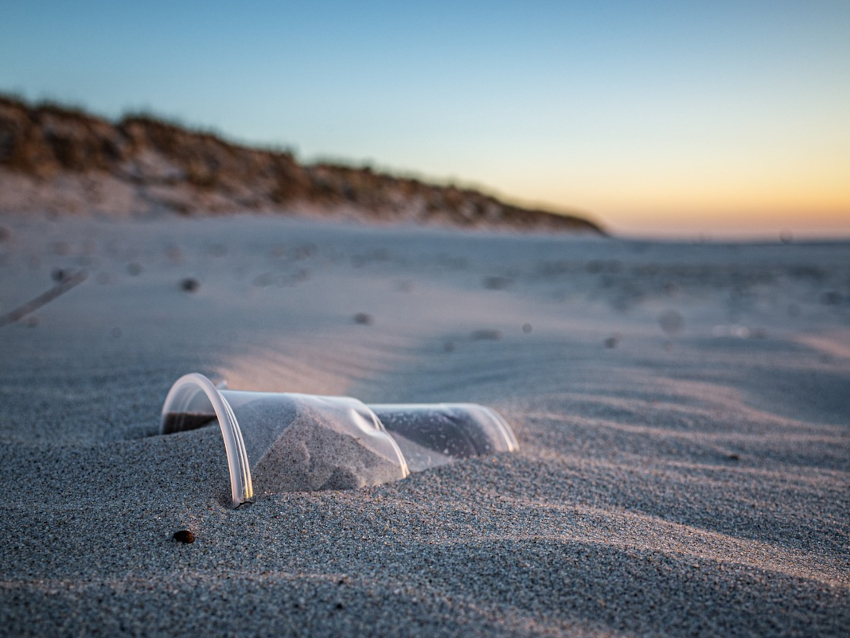Microplastic particles formed from plastic waste can be found as a pollutant in both water and soil. In addition to their other potentially harmful effects on ecosystems, microplastics can harbor microbes such as bacteria and fungi on their hydrophobic surfaces. They provide a “microhabitat” that can sustain microbes not usually found in a specific ecosystem and can also be transported over large distances by wind or water currents.
Marcus A. Horn, Leibniz University Hannover, Germany, Gerhard Rambold, University of Bayreuth, Germany, and colleagues have performed the first detailed study of fungal communities on microplastic particles in the soil. The team collected samples from the topsoil at five different sites with high levels of both human activity and plastic pollution in Western Kenya. They used scanning electron microscopy (SEM) and confocal laser scanning microscopy (CLSM) to visualize fungal colonization on the plastic particles and gene-based analyses (“metabarcoding”) to gain insight into the fungal species present in the sample.
The researchers found that pathogenic microfungi can colonize the surfaces of microplastic particles, with many of the species detected being pathogenic to plants, animals, and/or humans. This means that microplastics in soil could be a possible source of fungal infections. The team also found that there are specialized fungal communities on the microplastic particles that differ significantly from the fungal communities in the surrounding soil, i.e., some fungi are better adapted to life on plastic surfaces than others. According to the researchers, plastic debris should be considered a potential threat to human health by policymakers.
- Microplastics accumulate fungal pathogens in terrestrial ecosystems,
Gerasimos Gkoutselis, Stephan Rohrbach, Janno Harjes, Martin Obst, Andreas Brachmann, Marcus A. Horn, Gerhard Rambold,
Sci. Rep. 2021.
https://doi.org/10.1038/s41598-021-92405-7




